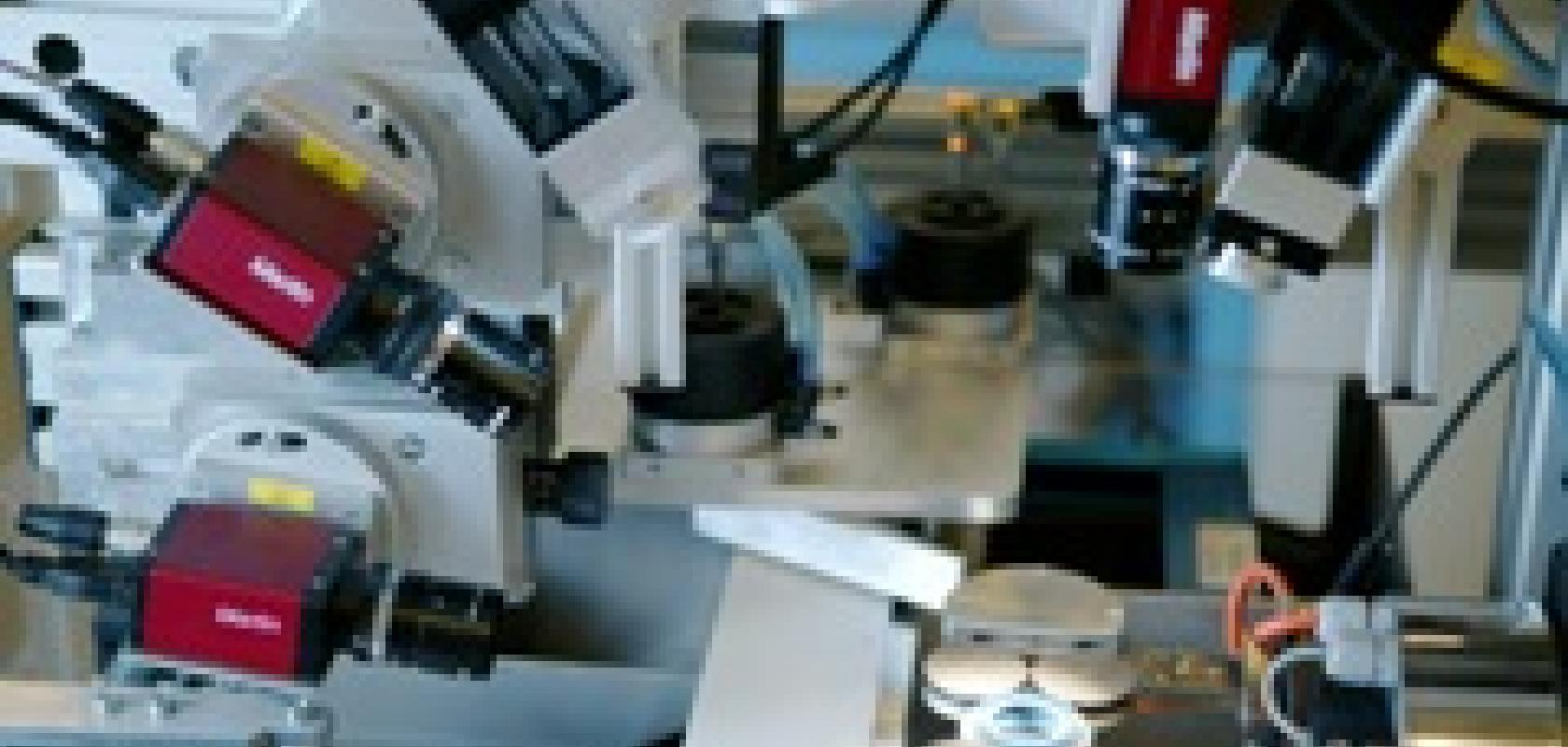Automobile shock-absorbers must withstand thousands of kilometres of wear and tear under the most arduous conditions. The quality and the durability of the suspension system depends significantly on the quality of the seals, which provide a smooth range of motion, while preventing the loss of hydraulic fluid and keeping dirt and dust from entering the shocks.
Freudenberg Dichtungs- und Schwingungstechnik, a subsidiary of the Freudenberg consortium, is one of the leading manufacturers of such seals, which are distributed to nearly all the major international automotive producers. With the assistance of Freudenberg Anlagen- und Werkzeugtechnik (FAW), an affiliate, the company developed the FVision 60 inline-System - an innovative automated quality assurance facility for shock absorber and radial seals.
In the final stage of production, the seals are carefully inspected using digital image processing to detect up to 25 different types of flaws. In addition to the shape of the part, the quality of the elastomer material is also examined. Blisters, tears, holes or burrs at the rubber lips can lead to malfunctions.
To obtain precise measurements, engineers at FAW joined the image capture process from three different vantage points with a mechanism that turns the ring on its axle. After the measurement of a particular side, the mechanism tilts the seal to examine the other side. This clever design takes 48 pictures of every ring in approximately 3.5 seconds; thereby, ensuring a complete inspection process.
The image processing system is constructed with three Marlin F-080B digital cameras from Allied Vision Technologies. One camera is situated vertically and surveys the outside diameter and the lip of the seal from above. A second camera, positioned horizontally, examines the exterior of the ring, while a third camera, positioned at a 45° angle, targets the whole interior.
The cameras are equipped with XGA sensors, which supply the high resolution required to recognise the smallest errors in the surface of the rubber. The cameras are connected to the image processing system by a digital FireWire interface (IEEE 1394a) and can capture up to 20 pictures per second. They are hardware triggered at 70ms intervals.
'We needed digital cameras that produce high quality images despite difficult lighting conditions and the rotation of the seals,' stated Dr. Helmut Hamfeld, director of the FVision project at FAW. 'Thanks to the integration of the Smart Features and the rapid shutter time, the AVT cameras have a very high image quality.'
The FVision 60 inline system allows 100 per cent of the seals to be examined during production. After inspection, the system sorts the parts according to four categories: good, poor, questionable and needs improvement. In addition, the plant is able to represent graphically the results of the measurements.
This innovative automatic inspection method has the capacity to substantially increase the reliability and speed of quality assurance.


